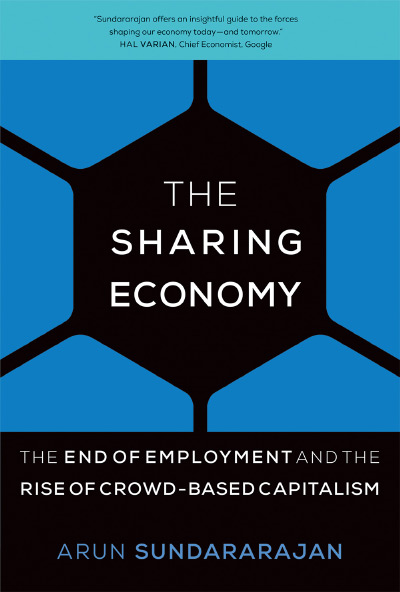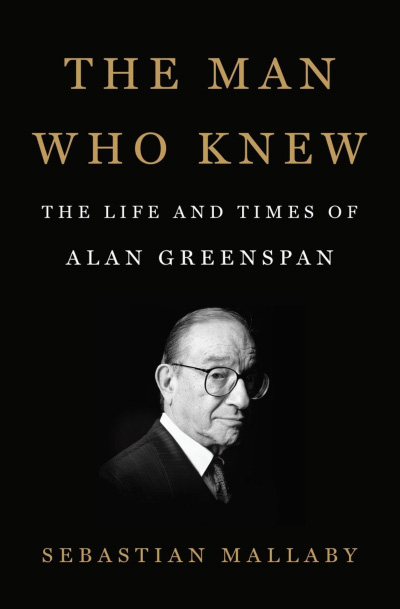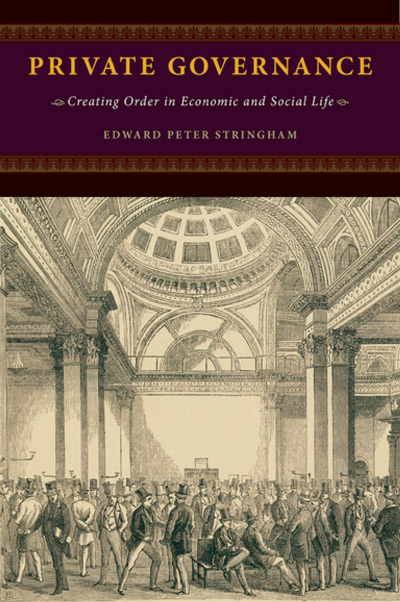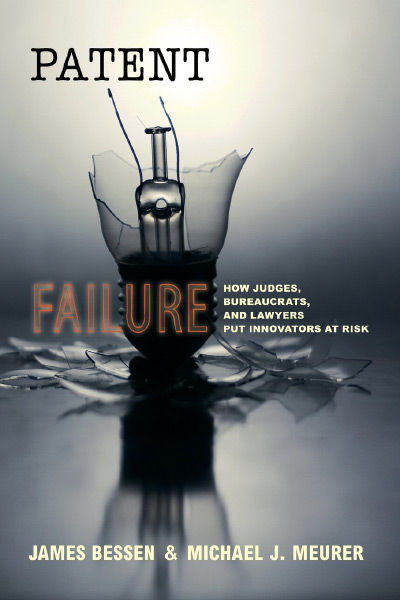“A radical shift is underway.” Arun Sundararajan tells us this on page 2. He fully recognizes that many others have said it, and that it sounds trite. It’s also true, which is the reason that he wrote this book. That is, in spite of the fact that everyone is saying “a radical shift is underway,” someone needs to say that a radical shift is underway, even though we are by now inured to the “steady diet of TED talks” that paint lurid landscapes of radical shifts.
The question, or rather questions are these: what is the cause of the radical shift, what will the consequences be, and just how radical and just how “shifted” will the future be? Sundararajan has a simple thesis: “Radical disruption...is a harbinger of wealth creation actively pursued by Silicon Valley investors” (p. 2). Then he does something quite interesting, something I had not thought of but once it was said seems obvious. In terms of the norm in human history, the odd period has been quite short, beginning in about 1760. This is obviously the period since the beginning of the industrial revolution.
What the industrial revolution did, as a harbinger of wealth creation actively pursued by large corporations (Sunararajan cites one of my favorite books here, Alfred Chandler’s The Visible Hand, Harvard University Press, 1977), was pursue division of labor and the expansion of impersonal markets through the development of institutions that fostered improved transportation and cheaper production. The way to make money was to make stuff. The way to make stuff was to expand the dominion of market processes, because division of labor is limited by the extent of the market (Adam Smith, The Wealth of Nations, 1776/1981, Indianapolis: Liberty Fund, p. 31).
But that was new, back in 1760, and it’s not going to last.
[P]rior to the Industrial, a significant percentage of the economy was peer-to-peer, embedded in community, and intertwined in different ways with social relations. The trust needed to make economic exchange possible came primarily from social ties of different kinds. It is easy to accept that hosting visitors from out of town, giving someone a ride, or borrowing money from a peer are hardly new human activities. But engaging in some small-scale commercial entrepreneurship...as an independent provider isn’t radically new either. (p. 4)
Well, dang. That’s clearly right. For almost all of human history, except the last 260 years or so, people found ways to share stuff, partly because they were poor and partly because there wasn’t that much stuff in the world (which amounts to almost the same thing, but not quite).
That leads to the question of whether there is “anything new” (p. 5) in the sharing economy, or whether it’s just a return to normalcy after a profligate paroxysm of consumerism and productive excess. And of course the answer is that in some ways it’s entirely new. The economy of 100 years from now will be different from economy of 300 years ago because the meaning of “community,” the scope of “peers,” and the breadth of “social ties” will all be radically transformed.
By software. As Marc Andreessen (“Why Software Eats the World,” Wall Street Journal, November, 2011) predicted, many of the things once done by people is now done by software. And this includes the providing of assurance, by outsourcing trust to other users. Anyone under 40 doesn’t read restaurant reviews; they use Yelp. One doesn’t look at movie summaries; one navigates to Rotten Tomatoes. These are not reviews written by elites, or “authorities” – either self-appointed or selected by media curators. These are reviews written by a broad, spontaneously emerging but intensely cooperative collective of peers. A community, in other words, but a community of people who have never met each other and probably never will.
As Sundararajan puts it:
[T]hese new ways of doing familiar things are being powered by technologies that extend your economic “community” far beyond family or friends who live in your neighborhood, to a digitally vetted subset of the population at large...shifting the source of what we value commercially away from traditional corporations and toward a crowd of entrepreneurs we find through a digital marketplace. (pp. 5-6).
The book catalogs the successes, and some failures, of the firms and the entrepreneurs of (in his terms) “crowd-based capitalism.” And he is careful to mention what I have long thought is the single coolest example of the sharing economy: BlaBlaCar. Unlike many of the other forms of software platforms, BlaBlaCar is pure sharing. The software provides information about the location of someone who wants a ride and the destination of someone who has an extra seat in their car or truck. The passenger pays part of the cost of the journey, which the driver is undertaking anyway. The result is a pure efficiency gain, with close to zero marginal cost to the system, but benefits to both, or all, of the participants.
Charmingly, the name of the software platform comes from a parameter that is matched for customers: “Chattiness.” If you prefer a quiet ride, and drive, then “bla” riders can be matched with “bla” drivers. But if you can’t keep quiet, and love to talk the whole trip, you can select “bla-bla-bla” (or “Won’t shut up!”) and both passenger and driver can chatter the whole way. The name of the company selects the middle setting, “bla-bla” (which the British version characterizes as “Enjoys a natter”) as the way to represent the service overall.
At this point, BlaBlaCar has well over 25 million “members,” in 22 countries. At least 10 million trips are arranged per quarter, and of course each “trip” requires at least 2 members. In fact, the average car occupancy is 2.8 in a BlaBlaCar ride, compared to 1.6 to 1.8 (depending on the country) for car trips in general. BlaBlaCar estimates a reduction of carbon dioxide emissions on the order of more than 1 million tons per year, but of course that assumes that all riders would have taken their own trip solo, rather than take a train or simply not travel, if the service were not available.
The deliverables the book promises (I’m a sharing economy fanboy, so I like the stories all by themselves, but deliverables are nice, I suppose) divide into explanations of cause and predictions about effects. The causes are plausible enough, but the interesting bits are the claims about effects. There are macroeconomic effects, effects on the workplace, and (as I tend to think of it, especially regarding Uber and AirBnB) the “Umpire Strikes Back” sort of effects, as old economy taxi companies and hotel chains try to hold back the tide by enlisting state regulatory muscle.
The book illustrates Sundararajan’s detailed knowledge of the economic institutionalism literature, drawing on Avner Greif, Douglass North, and others. It also checked off one of the things I would expect in a competently executed book on the sharing economy, by highlighting the centrality of Adam Thierer’s (“Permissionless Innovation: The Continuing Case for Comprehensive Technological Freedom,” Arlington, VA: Mercatus Center, 2014) “permissionless innovation.”
I have myself been working on the “sharing economy” for a while, but there were quite a few examples, and thoughts, that were entirely new to me in this book. It’s well-written, insightful, and manages to convey the author’s enthusiasm without devolving into another TED talk. If you are interested in the sharing economy, I can’t think of a more useful or more complete introduction.
MICHAEL C. MUNGER Duke University
| Other Independent Review articles by Michael C. Munger | ||
| Fall 2024 | Tax Turmoil: A Dia Fenner Economic Thriller | |
| Fall 2024 | Retrieving Liberalism from Rationalist Constructivism, Volume I; Retrieving Liberalism from Rationalist Constructivism, Volume II | |
| Fall 2024 | The Dispersion of Power: A Critical Realist Theory of Democracy | |
| [View All (83)] | ||



















